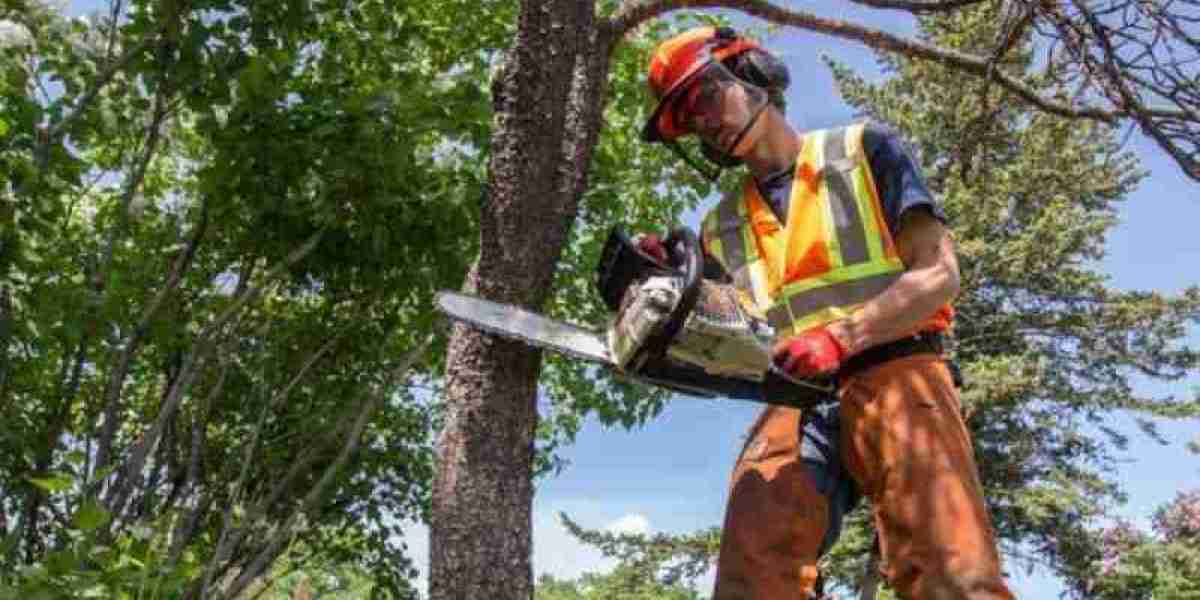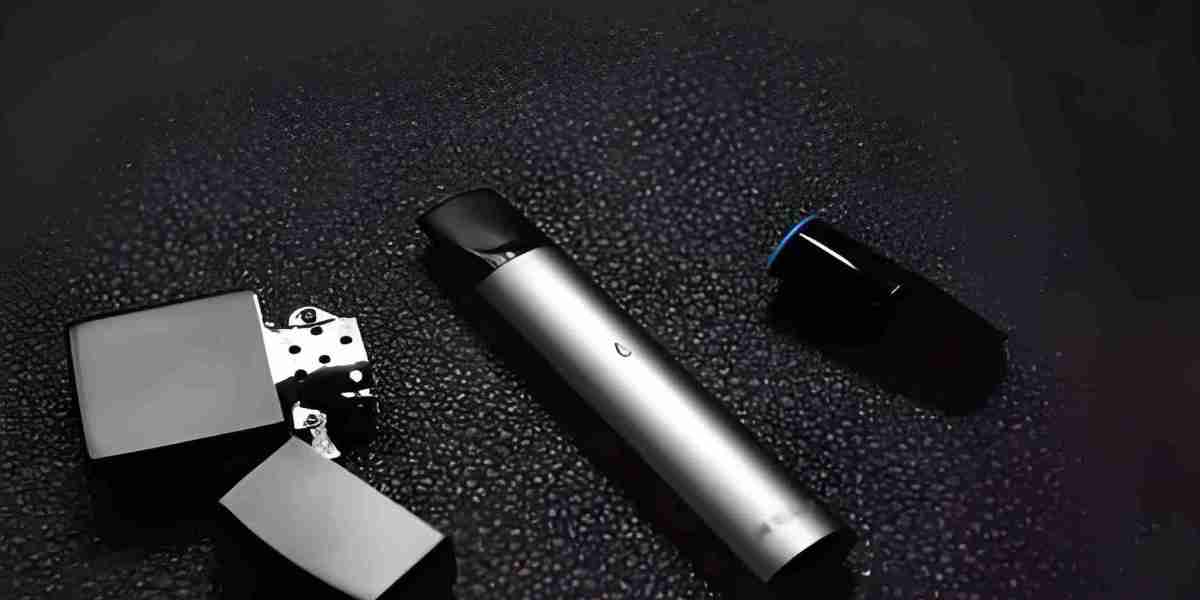Tree pruning is the process of selectively trimming branches to remove dead or overgrown limbs, shape the tree, and promote healthy growth. It’s part art, part science—and when done right, it helps trees thrive for decades.
✂️ Why is Tree Pruning Important?
You might think trees do fine on their own. After all, they grow in forests without our help, right? True—but in urban or residential environments, tree pruning offers massive benefits:
Boosts tree health
Improves air circulation and sunlight exposure
Prevents disease and pest infestations
Eliminates safety hazards
Enhances curb appeal and landscape design
? Different Types of Tree Pruning
Not all pruning is created equal. Here are the most common techniques:
1. Crown Cleaning
Removes dead, dying, or diseased branches.
✅ Keeps the tree healthy
✅ Reduces the risk of falling limbs
2. Crown Thinning
Selective branch removal to increase light and airflow.
✅ Ideal for crowded trees
✅ Reduces wind resistance and storm damage
3. Crown Raising
Removes lower branches to clear space.
✅ Great for walkways, driveways, or visibility
✅ Helps balance the tree’s shape
4. Crown Reduction
Reduces the tree’s overall size without damaging structure.
✅ Best for power line clearance or overgrown trees
✅ Safer than topping (which should be avoided)
5. Structural Pruning
Guides young trees to grow with strong, balanced structure.
✅ Essential for long-term health
✅ Reduces future maintenance
? When is the Best Time to Prune Trees?
Timing matters! Prune at the wrong time, and you might hurt your tree instead of helping it.
Season Best For
Late Winter Most trees – dormant and safe
Spring Light shaping after blooming
Summer Slowing growth, hazard removal
Fall Generally not ideal – avoid if possible
Pro Tip: Always avoid heavy pruning in late summer and early fall—it can stimulate new growth that gets damaged by winter cold.
? Essential Tools for Tree Pruning
You don’t need a truckload of tools—just the right ones:
Hand pruners – For small twigs and thin branches
Loppers – For thicker branches up to 2 inches
Pruning saws – For medium branches
Pole pruners – For high branches without climbing
Chainsaw – For heavy-duty jobs (use carefully!)
Always sanitize tools between trees to prevent disease spread.
?️ DIY vs. Professional Tree Pruning
Should you grab the clippers or call the pros?
DIY Pruning is fine if:
The tree is small
You only need light trimming
You have the proper tools and know-how
Hire a professional if:
The tree is tall or near power lines
You need structural pruning
You're unsure how much to cut
The tree is diseased or storm-damaged
Professional arborists understand tree biology—and one wrong cut can weaken your tree for life.
⚠️ Common Tree Pruning Mistakes to Avoid
Even with the best intentions, pruning mistakes can cause serious harm:
Topping the tree – Never chop off the top! It leads to weak regrowth and decay.
Over-pruning – Removing too much at once can stress or kill a tree.
Flush cuts – Cutting too close to the trunk prevents proper healing.
Random trimming – Always follow a strategy based on tree type and structure.
? How Often Should Trees Be Pruned?
It depends on the tree species, age, and location:
Tree Type Frequency
Deciduous shade trees Every 3–5 years
Ornamental/flowering Every 1–3 years
Young trees Annually (light shaping)
Fruit trees Annually in winter
Evergreen trees Every 4–6 years
? Benefits of Pruning for Homeowners
Tree pruning isn’t just about the tree—it’s about your entire property.
Protects your roof, driveway, and siding
Keeps branches off power lines
Improves sunlight in your yard or garden
Prevents costly damage from storms
Increases property value
? Pruning for Tree Health vs. Aesthetics
Sometimes pruning is about keeping your tree healthy. Other times, it’s about making it look amazing. Great news—you can do both!
Health-focused pruning removes decay and dangerous limbs.
Aesthetic pruning sculpts the tree’s shape and balance.
Done together, your trees become both safer and more beautiful.
? Local Tree Pruning Regulations
Some cities and HOAs have rules about trimming trees—especially street trees or heritage species. Before you prune:
Check city ordinances
Ask your HOA
Get a permit if required
Violating tree laws can cost hundreds—or even thousands—in fines.
? Final Thoughts
Tree pruning isn’t just a weekend chore—it’s an investment in the safety, beauty, and longevity of your trees and property. Whether you're shaping a young sapling or removing dangerous limbs from an old oak, proper pruning makes all the difference.
Don’t overlook your trees—give them the care they deserve, and they’ll return the favor for years to come.
? FAQs About Tree Pruning
1. How much can I prune without hurting the tree?
Never remove more than 25% of a tree’s canopy in a single season.
2. Can I prune trees in summer?
Yes, but it’s best for minor touch-ups or removing damaged branches.
3. Why is topping bad?
Topping stresses the tree, causes weak growth, and often leads to decay or death.
4. What’s the difference between pruning and trimming?
Pruning focuses on health and structure; trimming is often more cosmetic.
5. Should I seal tree wounds after pruning?
Nope! Most trees heal best when left open to air—sealing can trap moisture and rot.




